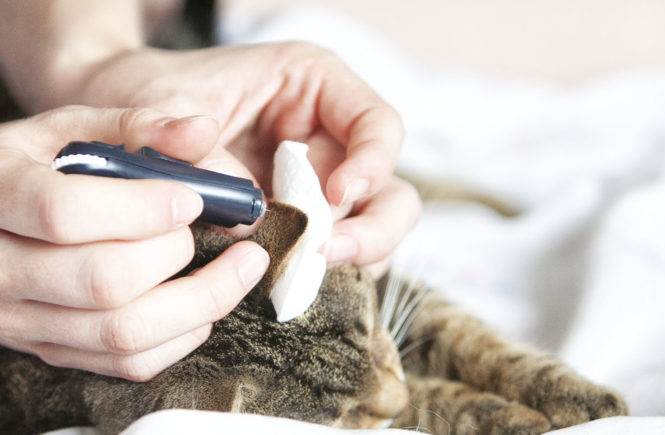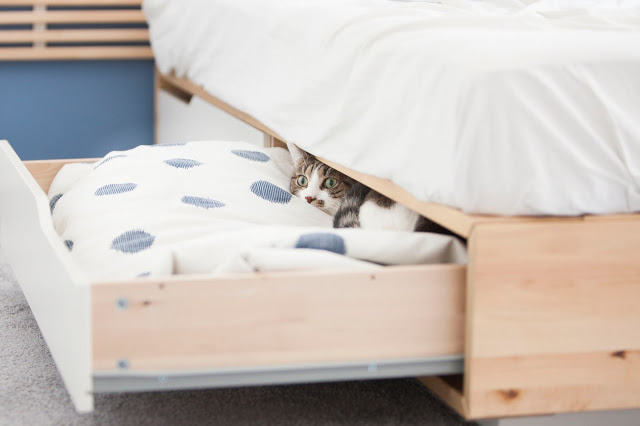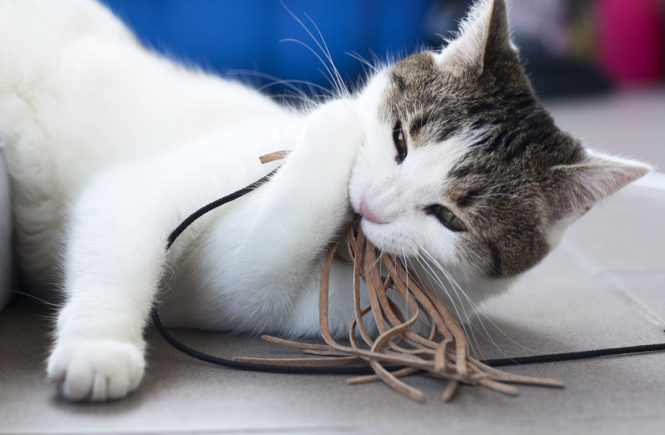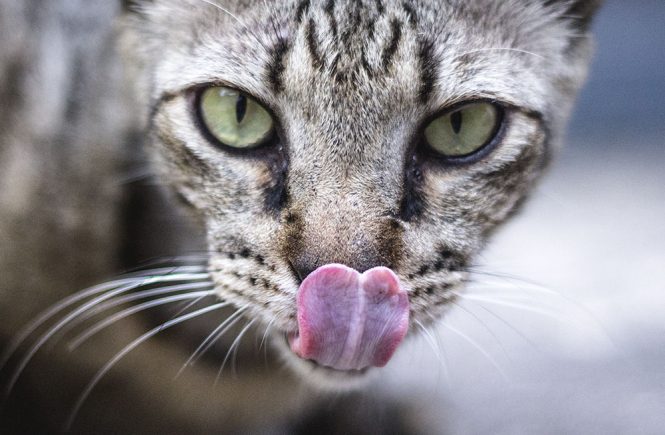Unfortunately diabetes is more and more common in cats. Until I met my first diabetic cat I didn’t even realize that cats could have diabetes.
What is diabetes and why cats get it? What are the symptoms? How to treat a diabetic cat? I will try to answer these questions in the below post.
How cats get diabetes?
Diabetes is a chronic disease caused by malfunction of the pancreas. There are multiple reasons why the pancreas starts to fail: genetic, too much medication especially steroids or inflammation. Pancreas is a gland that produces insulin – hormone that controls and regulates sugar level in the blood. Pancreas could be producing either too much or too little insulin. Cats’ pancreas usually releases not enough insulin causing high sugar level in the blood. In such situations it is necessary to give cats insulin to help control the sugar level.
What are the symptoms of diabetes in cats?
There could be many symptoms but the most common is a weight problem. Cats could be extremely obese, or quite the opposite, emaciated. Why is it happening? It is caused by too many carbohydrates in cats’ diet. Cats that are given too much food with incorrectly balanced ingredients are more prone to diabetes than cats fed with well-balanced food.
Another common problem of diabetic cats are issues with urinary track. There is glucose present in the urine, sometimes ketones, and elevated urine specific gravity – these are the specific indicators that appear on the test results.
Various types of bacteria like to grow in warm and sweet places so cats’ urethral opening is an ideal place for their multiplication. If you see that your cat is using the litter box very often, he goes in and out all the time without actually peeing you need to get his urine sample and go to the vet.
Other ailments commonly associated with diabetes are:
- Changes and problems with the skin – bold spots, scabs, sipping wounds that appeared out of nowhere, dandruff…
- Excessive thirst – cat would drink the entire bowl of water and still continue drinking after it was refilled
- Frequent urination, which can also occur with urinary track infection
- Apathy – cat looks depressed and does not have energy for anything
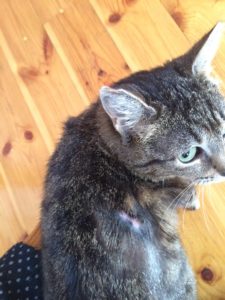
What to do when we notice any worrisome symptoms in our cats?
Of course go to the vet and have the basic blood morphology done as well as fructosamine level and urine tests.
What is fructosamine?
Fructosamine is a protein whose serum level reflects glucose level in blood in the last few weeks. Why is it the fructosamine level that needs to be checked first and not the glucose level? Any visit to the vet is extremely stressful for animals and this stress causes elevated glucose level and as such diabetes diagnosis cannot be based on the glucose test done during visit to the vet. The fructosamine level becomes necessary for proper diagnosis; however, it cannot be the key to the cat’s treatment and unfortunately very often I see that it is.
Sugar curves and how to make them. Checking cat’s sugar level.
To set the right dose of insulin we need to make a sugar curve at home. There is no other way to take care of a diabetic cat but to check his glucose levels in his usual environment without stress and vet. You need to remember that diabetes is a disease in which few hours can make a big difference.
Checking sugar level is not a complicated matter and glucometers are fairly cheap and available in pharmacies. To see how to exactly determine sugar level in a cat CLICK HERE.
Very crucial is that you feed your cat regularly for example at 7am and 7pm. If we know that the cat has high level of fructosamine and the vet recommended for example 2 units of insulin we need to feed the cat first and only after he ate a good portion we give him insulin, never before the meal. Why? If we give cat insulin first and he doesn’t eat his food it can lead to hypoglycemia – a very big drop in sugar level, which is much more dangerous than high sugar level.
Sugar curves diagrams
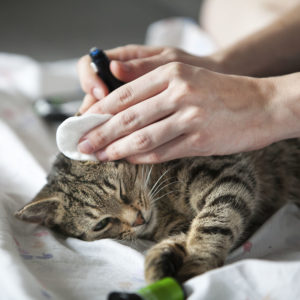
We check sugar before feeding, we note down the result as well as the kind of food we use then we check sugar again two hours after the meal and we repeat the routine around evening meal. Sugar also needs to be checked in the middle of the day. Cat will not tell us how he feels that is why we need to check it with the glucometer and always monitor the results.
These regular checks need to be done for at least few days and we need to monitor the influence of the food and amount of insulin on the sugar level. The principle for sugar level analysis and calculating the amount of food as well as units of insulin is too complex to be explained in such a short article. If you find it difficult to read the results and set the right amount of insulin please email me and I will try to help you.
Diet for a diabetic cat. Cat food.
You know now that your cat has diabetes and you know how to make a sugar curve so now we will discuss one of the most basic and most important things namely diet. Food for a diabetic cat is not an obvious matter. Ready-made foods for diabetic cats are… to get to the point fast… not right for the diabetic cats. It seems surprising but unfortunately it is true. A healthy cat shouldn’t be eating any food with 10% or more of carbohydrates in dry matter and a diabetic cat shouldn’t be given anything exceeding 5%. Famous producer Royal Canin offers a special diabetic dry food with carbohydrate content of 28.25% and diabetic wet food with 16.5% of carbs.
Here are the ingredients:
Meat and animal byproducts (beef, poultry), corn meal, lignocellulose, fish oil, minerals, gelling agent, taurine, marigold flower (source of lutein), I-carnitine, vitamins
If you read my post about food ingredients analysis you know well that this content is…hopeless.
Best food for a diabetic cat
So what food should you choose? Well you know you cannot really count on the specialists so you need to keep looking and count…do you still remember the food calculator from the previous post? If not, go to this very useful site where you can find a calculator that will help you count how many carbs are in your cat’s food. Here is the example for you to follow but you need to remember one basic and very important rule: there isn’t one single perfect food for your cat.
Every food you give to your cat needs to have low carb content in dry matter but you need to watch your cat after you change the food. It is not always true that the lower the carb content the better. It can happen that food with 2% of carbs could be inappropriate for your cat and will lead to deadly hypoglycemia while food with 5% of carbs will be perfect for him. These are very small differences but they cause big changes so it is crucial that you are cautious and alert and always observe your cats.
Let’s look at the ingredients of this cat food:
Protein 10.8%, fat 6.5%, raw ash 1.8%, raw fiber 0.3%, moisture 80%
Enter this data in the calculator and you will get the result of 3% of carbs in dry matter.
This food is not advertised as diabetic food and yet it is more appropriate than many foods advertised as such.
Another crucial thing to remember is that diabetic cats should be getting mostly wet food.
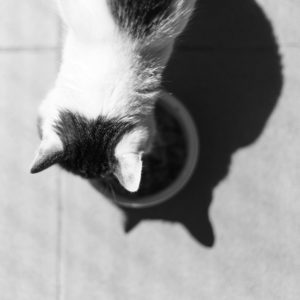
Diabetic cat – is it so terrible?
Are you exhausted and discouraged by the prospect of living with a cat you will need to give insulin to twice a day, check blood regularly and watch meal times to the hour? I remember feeling like that when it turned out that my pet Nulka had diabetes and that I will not be able to get out of town even for a weekend. The only thing I could think of was that I would have to be home at the same time every day…
Chin up! I am neither a scientist nor a vet but in the last year five people with diabetic cats came to me and by now none of the cats is taking insulin. How could it happen? Thanks to great engagement of the owners, right diet and quick diagnosis this great success was possible. And with that perspective you should fight for the health of your cat. Ask, exchange information with people who dealt with diabetic cats, exam the cat at home and feed him the right food. It is possible that with your care and attention you will lower the sugar level of your cat making him feel great and healthy again. Talking to other people who dealt with diabetes as well as carefully observing each sick cat helped me help my cats.
Diabetes is a truly terrible disease and topic of many books and I cannot fit all the info in this short post. I encourage you to broaden your knowledge and if you have any doubts please post your comments and I will try to answer your questions and help you.

